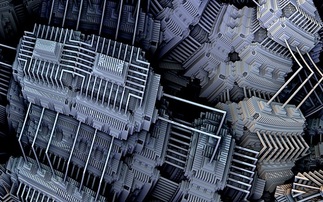Kaveri APU coming later this year will enable CPU and GPU to access the same memory space
AMD aims to unlock the performance potential of its APU chips by enabling the CPU and GPU cores to have access to a unified memory space, driving development of applications that can use both types...
To continue reading this article...
Join Computing
- Unlimited access to real-time news, analysis and opinion from the technology industry
- Receive important and breaking news in our daily newsletter
- Be the first to hear about our events and awards programmes
- Join live member only interviews with IT leaders at the ‘IT Lounge’; your chance to ask your burning tech questions and have them answered
- Access to the Computing Delta hub providing market intelligence and research
- Receive our members-only newsletter with exclusive opinion pieces from senior IT Leaders





















